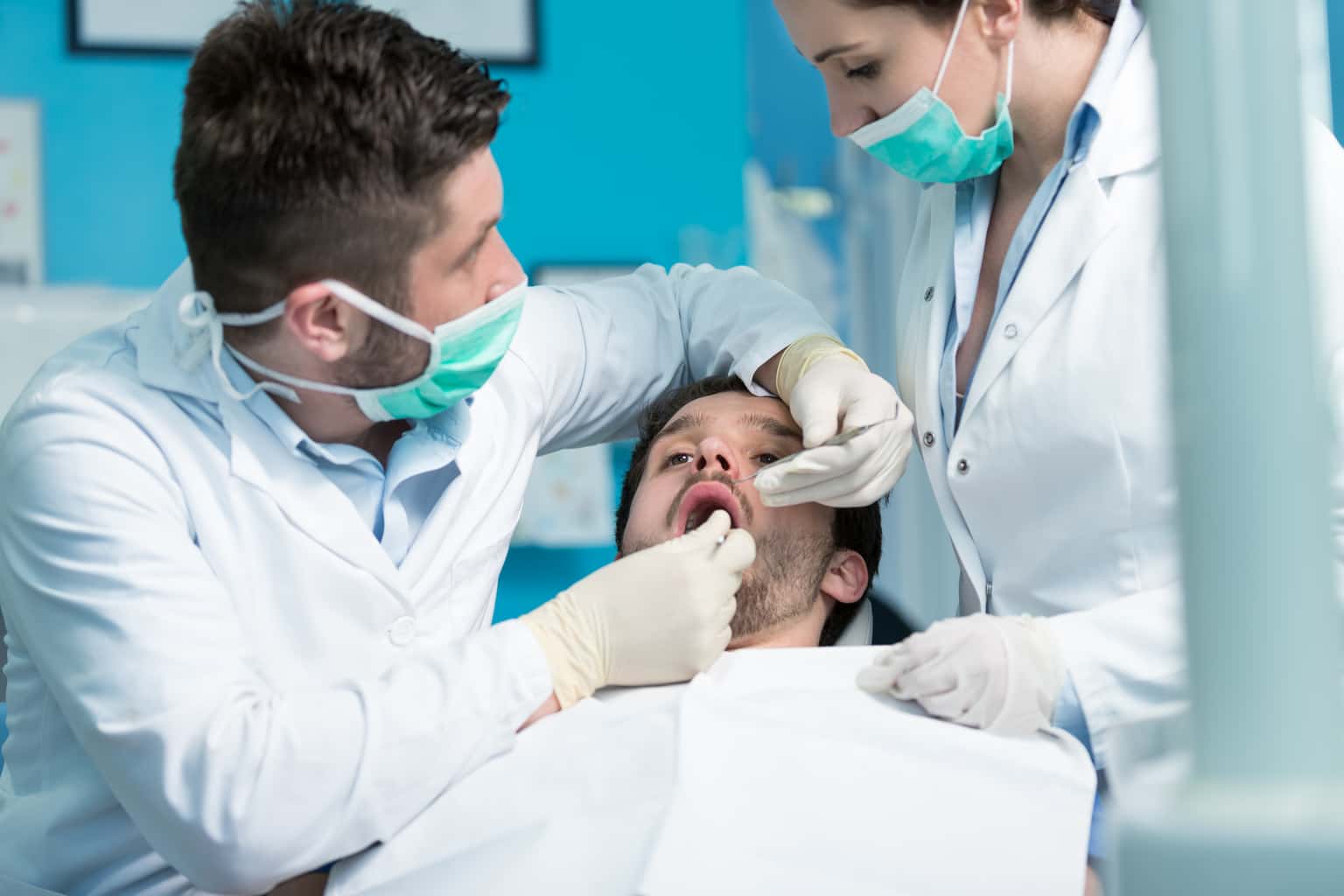
[cmamad id=”9659″ align=”center” tabid=”display-desktop” mobid=”display-desktop” stg=””]
Traditionally, medicine viewed teeth as inactive pieces of bone, incapable of regeneration.
But it is simply not true.

In response to injury, odontoblasts can create new dentin.
Odontoblasts are specialized tooth cells responsible for dentin formation.
This new dentin is called tertiary dentin to differentiate it from the original, or primary dentin.
Researchers have known for decades that the certain proteins induce stem cells to turn into odontoblasts.
And these help to create new dentin.
Over time, they discovered that the main promoters were the bone morphogenic proteins (BMPs) and transforming growth factor beta (TGF-β).
In tertiary dentin in other parts of the pulp chamber, no marked reduction in the number of tubules was observed when passing from physiological into tertiary dentin.
The new tertiary dentin also contains tubules.
[cmamad id=”5247″ align=”center” tabid=”display-desktop” mobid=”display-desktop” stg=””]
And it can be nearly identical to the original dentin.
It all depended on the conditions in which it’s formed.
The tubules in dentin allow calcium-rich fluid, cells, and proteins to travel to other parts of the tooth.

The odontoblast cell itself forms a tail called a process. This process can travel through the dentinal tubules and secrete proteins.
During cavities or injury, the matrix releases proteins from pulp cells. Then this action stimulates odontoblast formation.
In experiments, they found what stimulates pulp cell to odontoblast conversion the most.
These were bone morphogenic proteins (BMPs).
These can be buried within the dentin itself, encased by calcium crystals. And then the dentin releases them in response to injury of demineralization.
They form part of the dentinal matrix. Breakdown of dentin can stimulate stem cells to produce reparative (tertiary) dentin.

In this study, researchers took cells from the pulp of baby teeth and then gave them different growth factors.
Then they measured exactly which proteins the cells produced. The proteins produced identified the cell type.

They found that BMP-2, and to a lesser extent BMP-7, induced the pulp cells to become dentin-forming odontoblasts.
Like all good odontoblasts, these cells produced proteins that form the dentinal matrix. They produced dentin matrix protein (DMP-1) and dentin sialophosphoprotein (DSPP).
These are two main proteins of dentin which are laid-down first and serve as a scaffold for minerals.
Here, we demonstrated that dentin-derived morphogenic signals, and particularly BMP-2, are necessary and sufficient to induce the differentiation of stem cells into odontoblasts.
Other researchers took this idea further and they sought to regenerate pieces of teeth using these growth factors.

Osteogenic protein is another name for BMP-7.
The researchers took monkeys, gave them ketamine, and drilled holes in their teeth.
Researchers drilled down to the pulp of the teeth. Then they packed the hole with either collagen powder alone or collagen powder with BMP-7.
Then they capped the teeth.
After six weeks, they sacrificed the monkeys and extracted their teeth — then sliced, and stained them.

The researchers found that the monkeys turned the collagen powder into new dentin.
But this only happened in the groups with osteogenic protein (BMP-7) in the powder.
The osteogenic protein differentiated the pulp cells into new odontoblasts.
Plus, other studies have this finding as well.
There are two other growth factors able to do this as well, BMP-2 and TGF-β.
This new dentin is almost equivalent to the old dentin!
And it continues remodeling further with time.
An average of 84% of the tissue superficial to the amputated pulp surface was mineralized in the 12 samples analyzed.
After the protein matrix finishes remodeling, it then mineralizes using the calcium and phosphate in the dentinal fluid.

The pores carry calcium-rich fluid from the center of the tooth out through the enamel.
The amount of calcium phosphorous, vitamin D, and vitamin K can all affect mineralization.
The reparative dentine appears to replace the hOP-l/collagen as its mass was proportional to the mass of the implanted hOP-l/collagen and limited to implant material.
So, with this understanding, we have the ability to create new dentin; this is biomimetics.
Biologic dentists know this, and so they treat teeth like living structures.
Most other dentists drill the hole bigger and fill it with a chunk of plastic, or worse.
Some dentists still use a mercury/silver/tin amalgam to fill the teeth.
This is truly prehistoric.
The subsequent sequence of events mimic natural endochondral bone formation.
In the event of a dentin cavity, you should avoid starch because the molecules are small enough to get inside the tubules.
You also want to avoid hard alcohol since it dries out the tooth.
And even cracked teeth do sometimes remodel.
So, it might be worth looking for a biologic dentist in your area.
They are light-years ahead of your standard drill-and-fill dentist.

https://link.springer.com/article/10.1007%2Fs007840050090?LI=true
Dentin-derived BMP-2 and Odontoblast Differentiation
http://journals.sagepub.com/doi/abs/10.1177/0022034510364487
A microradiographic and electron microscopic study of tertiary dentin in human deciduous teeth
http://www.tandfonline.com/doi/abs/10.1080/000163599428968
Trans-dentinal Stimulation of Tertiary Dentinogenesis
http://journals.sagepub.com/doi/abs/10.1177/08959374010150011301
INDUCTION OF REPARATIVE DENTINE FORMATION IN MONKEYS BY RECOMBINANT HUMAN OSTEOGENIC PROTEIN-l
http://www.sciencedirect.com/science/article/pii/0003996993901212

Leave a Reply